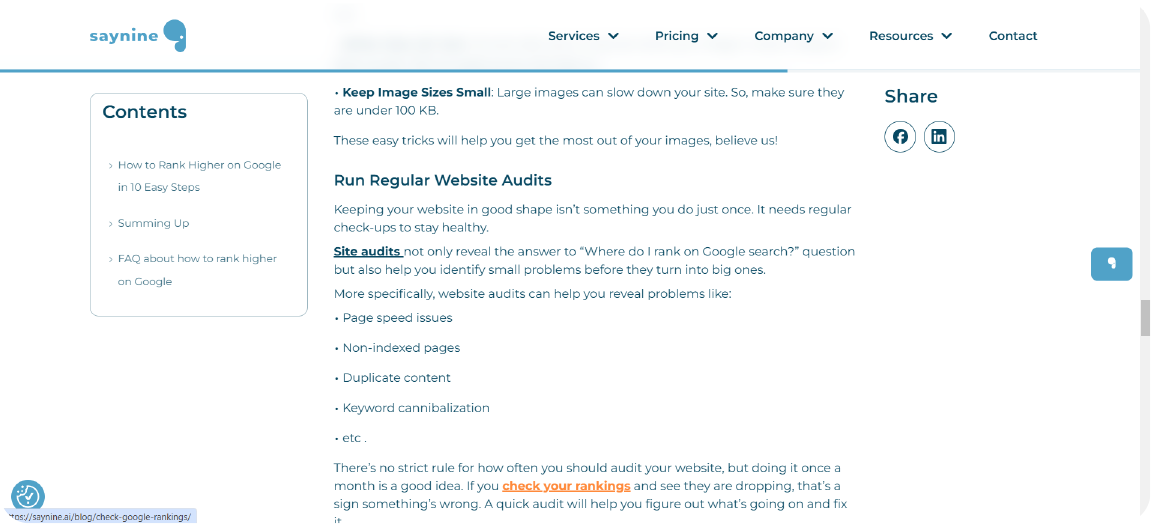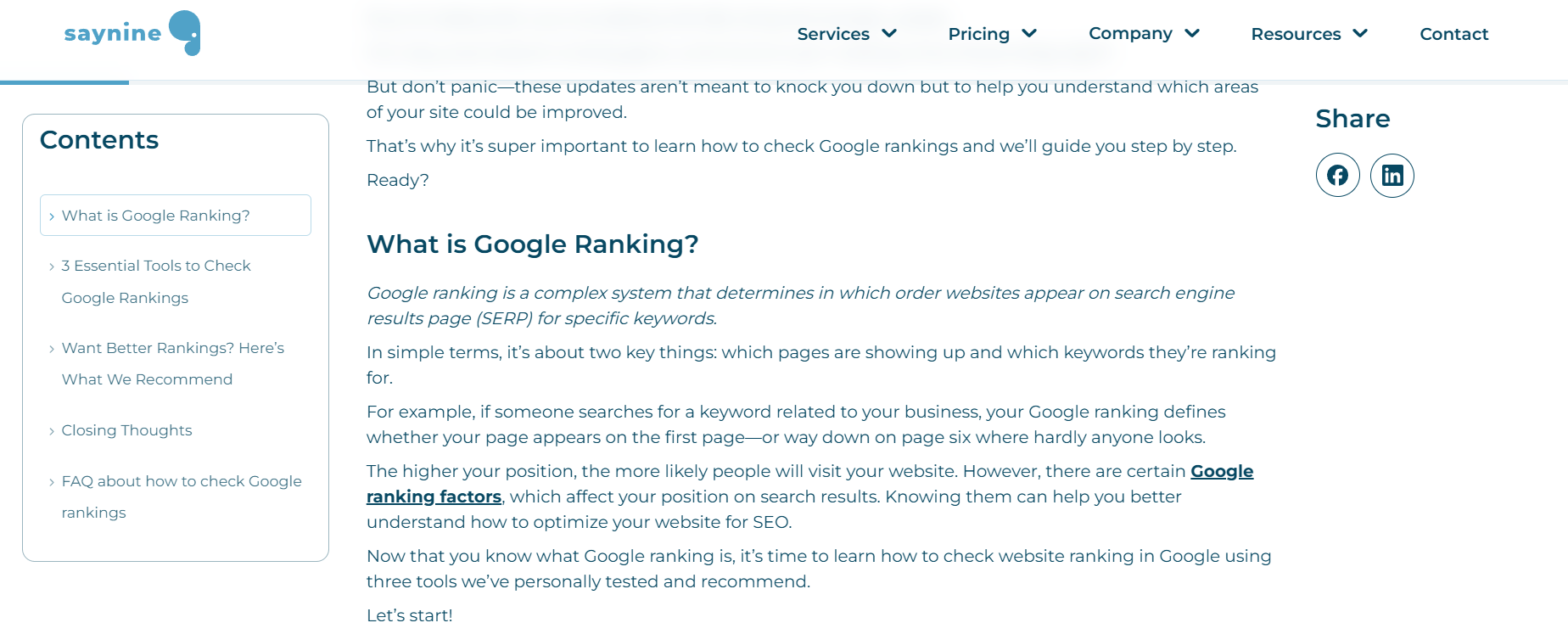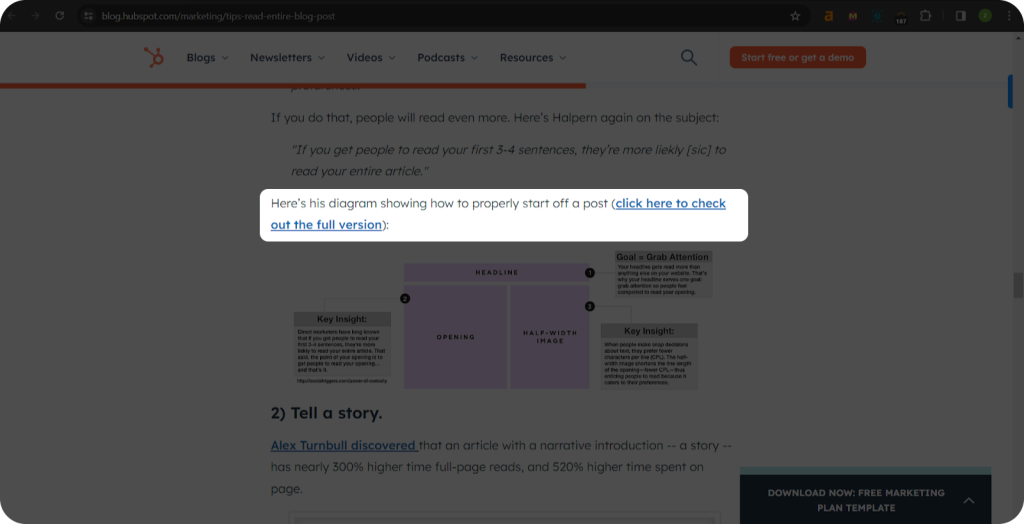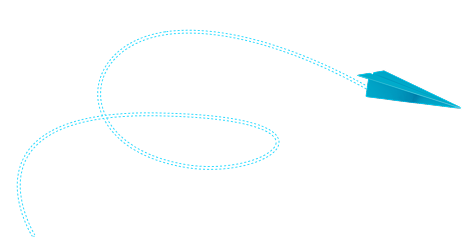Anchor text may not be the first thing when you think about SEO, but it plays a key role in how we find and understand content online.
A proper anchor text can help your page rank higher in search results. The key? Knowing which types to use.
In this article, we’ll break down the main types of anchor text and show you how to pick the perfect one for your content.
Let’s get into it!
What is Anchor Text?
An anchor text is a clickable, visible texts in a hyperlink.
They serve as a descriptive label, telling users and search engines what the linked page content is about.
When a user clicks on the anchor text, it directs them to the target webpage associated with the hyperlink.
Anchor Text vs Hyperlink
Anchor text and hyperlinks work together, but they’re not the same.
Anchor text is the clickable word or phrase, while the hyperlink is the actual URL behind it.
Here’s an example:
You’re reading an article about using Slack for link building and come across this sentence:
“Effective communication is key in link building, no matter which platform you’re using—Slack, email, or LinkedIn for link building.”
In this case:
“LinkedIn for backlinks” is the anchor text (the phrase you click).
“https://saynine.ai/blog/linkedin-backlinks/” is the hyperlink (the actual URL).
Now that we’ve got the basics, let’s find out why anchor text is key for SEO!
Why Do Anchor Texts Matter in SEO?
Ever wondered why anchor text is crucial for SEO?
- Search engines use them to better understand the context and relevance of linked content. Google also highlights the importance of writing proper and descriptive anchor texts, as they help to understand what the page you’re linking to is about.
- A well-chosen anchor text for both internal and external links makes it easier for readers to find what they’re looking for and improves overall user experience.
Now, it’s time to dig into the main types of anchor text. Let’s break them down!
5 Main Types of Anchor Text
Below, we have gathered the most common types of anchors in SEO that you can use on your site.
Now, back to the types of anchor texts.
Exact Match
Exact match anchor text uses the exact keyword or phrase that represents the linked page’s content. In some cases, it’s also the page’s primary keyword which helps to improve SEO.
The anchor text “link building mistakes” precisely matches the target keyword of a linked page, creating a direct association between the clickable text and the content of the linked page.
However, we advise you to be careful with exact match anchors, as overusing them, especially in a manipulative manner, can be seen as an attempt to artificially boost search engine rankings and may be a red flag.
As part of a balanced SEO strategy, it’s often recommended to incorporate a variety of types of anchor text for a more natural and diverse link profile (more about this later).
Partial Match Anchor Text
Partial match anchors refer to anchor text that includes a variation or partial match of the target keyword or phrase rather than using the exact keyword.
This approach provides a more diverse and natural-looking link profile while still signaling to search engines the relevance of the linked content.
An example of partial match anchor text would be “check your rankings,” which links to a blog about how to check Google rankings.

This helps strike a balance between anchor text optimization and a more natural, diverse link profile.
By incorporating related terms and variations, partial match anchors contribute to a more organic and stronger link building strategy.
This helps to avoid the potential pitfalls associated with over-optimization that can occur when using exact match anchors excessively.
Branded Anchor Text
A branded anchor text is a type of anchor text that includes the name of a specific brand or company within the clickable text of a hyperlink.
This type of anchor text aims to promote brand recognition and association with the linked content. Branded anchor texts often feature the brand name, slogan, or a related brand-specific term.
For example, in one of our blogs about how to rank higher on Google, you can see a blog section with an anchor text “Google ranking factors,” which is branded.

They strengthen the connection between the brand and the content of the linked page, contributing to brand visibility, trust, and overall branding efforts.
Moreover, a branded anchor text increases the chances of users clicking on links that feature a recognizable brand, as it signals reliability and familiarity.
Naked URLs
Naked anchor texts, also known as bare URLs or raw URLs use the link’s exact URL as an anchor text.
Instead of including specific words or phrases to create a clickable link, a naked URL displays the full web address itself.
For example, https://saynine.ai/blog/link-building-email-templates/
While naked URLs are straightforward, they may lack context and descriptive information compared to other types of anchor text in SEO.
Despite this, they are commonly used in various contexts, such as in emails, social media posts, or when concision is needed.
For example, “check out our link building services at https://saynine.ai/link-building-services/.
In this example, the full web address is presented without any additional anchor text.
Generic Anchor Text
Generic anchor texts are simple, non-specific terms used as the clickable text in a hyperlink.
Generic anchors usually don’t provide information about the page you’re linking to. This type of anchor also doesn’t have keywords or any relevance to the topic whatsoever.
They are straightforward and easy to implement, but they may not contribute much to SEO efforts or user understanding of the linked content.
These anchors include words like “info,” “website,” or phrases like “click to show more,” “click here,” and “visit this page.”
For example, as shown in the picture below, there’s “Click here to check out the full version.”
In this example, “Click here” is a generic anchor text.

Source: https://blog.hubspot.com/marketing/tips-read-entire-blog-post
It is a common phrase used to encourage users to click on the link without providing specific information about the content they will find on the linked page.
How to Use Anchor Texts for SEO: Our Best Tips for Better Rankings
Want better rankings? The secret often lies in anchor text—let’s share what’s worked for us.
- First, we always make sure our anchor text is highly relevant to the page it links to. It should give readers a clear idea of what to expect when they click.
- We also avoid overusing exact-match anchors. Instead, we recommend mixing things up by using branded, generic, and long-tail variations. By further understanding short vs long tail keywords, we strike a balance between targeted relevance and broader reach. This keeps our backlink profile natural.
- Another important tip: anchors should fit naturally into the content. Forced or awkwardly placed links don’t just hurt readability but also raise red flags for search engines.
- And while it’s good to include relevant keywords, we’re careful to avoid keyword stuffing.
Do this, and you’ll start seeing better SEO results—just like we did! For more details on how we achieve top results, check out our link building case study, which highlights the key strategies and successes we’ve had with clients.
Anchor Text Done Right: Your Next Steps
Anchor text might seem like a small detail, but choosing the right words for your links can make a real difference in how search engines (and users) understand your content.
In this guide, we covered different types of anchor texts—from exact match to branded and generic. The key takeaway? Keep anchor text relevant, natural, and strategic.
Follow these simple tips, and your links will do more than just exist—they’ll drive real SEO results.
Good luck!
FAQ about types of anchor text
How many types of anchor text are there?
There are five main types of anchor text: exact match, partial match, branded, naked URL, and generic.
What is an example of an anchor text?
An example of an anchor text could be a ‘check below” link that takes the user to the bottom of the current page.
What are good anchor texts?
A good anchor text is clear, descriptive, and accurately reflects the content of the linked page.
Quiz Time
Let's put your knowledge to the test.
Leave your email below to get a SayNine certificate!
Are you sure?









